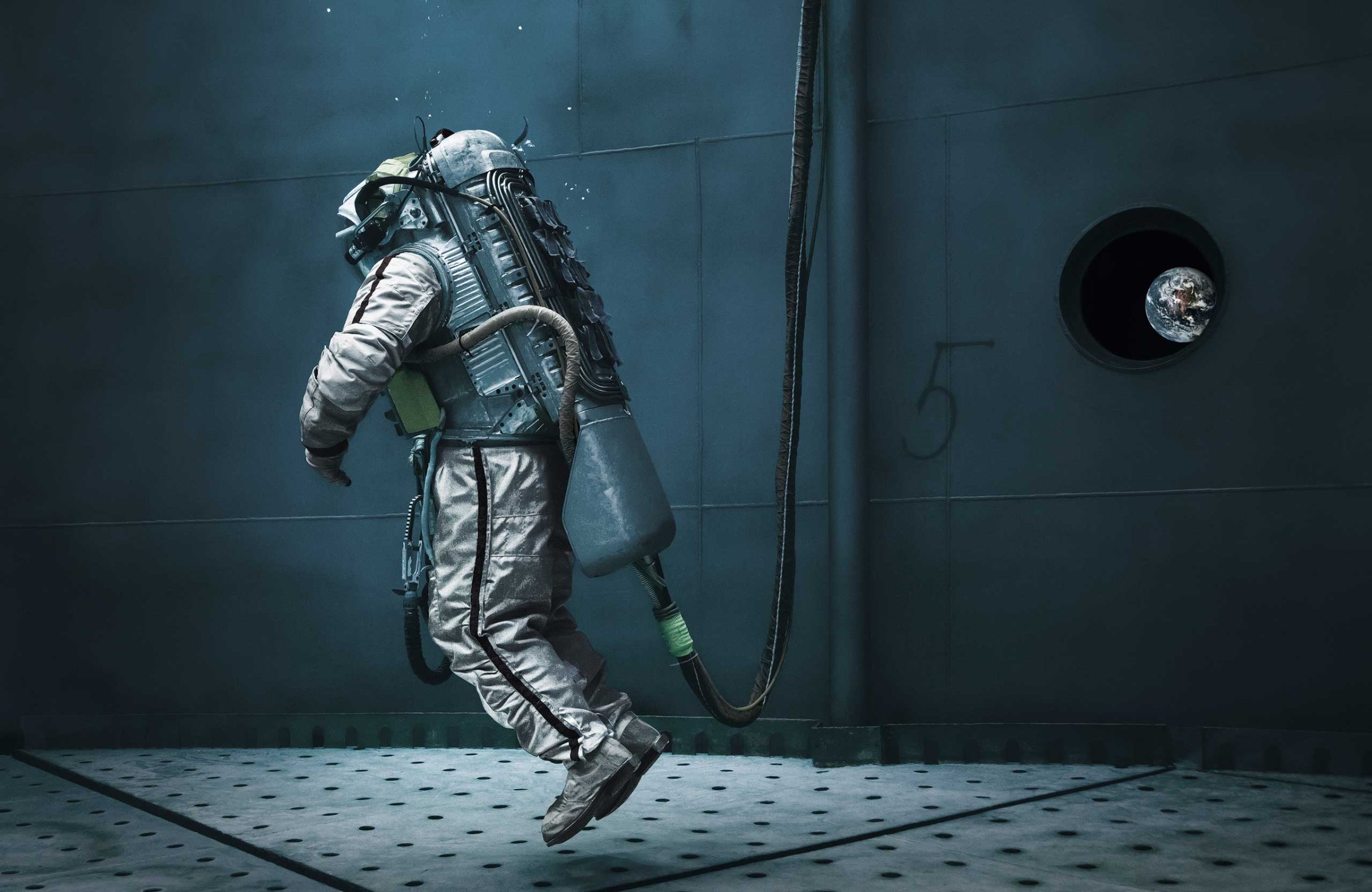
It may be the world’s most epic selfie, taken on an edge-of-space flight, catapulted with supersonic speed into the stratosphere, nearly 64,000 feet above ground.
“It’s my upside down selfie,” says Michael Najjar. “I had lost color vision and almost faded out of consciousness twice because of the crushing g-forces. With camera in hand that I could hardly lift against the pressure, I was directing the pilot to fly to the right, now left, closer to the sun, then down for better cockpit lighting.”
The photo, taken from a Russian MiG-29 jet fighter, is part of Najjar’s latest solo exhibit at the Benrubi Gallery in New York. outer space explores the latest development in space travel, through the eyes of the first to-be civilian artist to fly to space, having bought his ticket to board one of the first Virgin Galactic flight.
In the 1980s, Najjar trained at the the bildo Academy of Mediarts in Berlin, then the only private art school in Berlin, where he learned to merge science and technology with art. “The things I learned there as an art student influenced me profoundly and are much of the reason I am doing what I do now,” he says. “I’m always in close contact with scientists, engineers, entrepreneurs, astronauts, to see what technologies they are developing.”
In 2011, after photographing the final shuttle launch of Atlantis, he became interested in space exploration and travel. “It was such an exciting experience that I determined to sit in a spaceship myself,” he says. “With little more than 500 people who have been into space—most of them engineers, technicians or military people—no astronaut has transformed this out-of-this-world experience into an understandable language. Artists are the perfect human beings to do this.”
Since 2012, Najjar has been through a grueling, multistage training in Star City, Russia, as one of the pioneer astronauts of the space tourism company Virgin Galactic, scheduled to board SpaceShipTwo in 2017. Najjar’s photos document the actual training experience: centrifuge spins, zero-g flight,underwater space walks, and stratosphere flight. From photoshopped shuttle wreckage to manipulated landscapes, his work blurs the lines between reality and fiction, creating what he calls “hybrid photography.”
“We will never ever able to walk barefoot on the moon or know how the moon’s surface feels, it’s impossible,” he says. “It is never [a] direct experience, but always filtered through technology. That’s what I’m trying to show.”
While Najjar pushes the boundaries for this vision, he knows too well that nature has its limits. On Oct. 31, 2014, Virgin Galactic suffered a fatal crash during a SpaceShipTwo test flight. One pilot died in the crash, while another suffered injuries. Najjar was supposed to fly one day with this vehicle. “I was sitting at my Birthday dinner when Virgin Galactic emailed to inform me that the spaceship suffered a serious anomaly,” he says. “It was a fundamental event because it showed that creating new technology is always a risk. I wondered how to picture this.”
Unable to fly to the Mojave Desert to photograph the spacecraft wreckage without a press pass, he collected hundreds of press photographs on site and rebuilt the crash site in one image. It mirrored Caspar David Friedrich’s The Sea of Ice, an important painting in art history that depicts a swirling scene of a ship crashed into ice at sea. It signified the relationship between humans and nature (the ship was supposed to find new trading routes, but was destroyed by rocks).
“I wanted to create a contemporary interpretation of this idea of failure and overcoming natural limits,” he says. “It was a disaster. It was a fatal crash and it showed the limits of technology. But of course we don’t stop. Accident allows us to go further. We learn and rebuild, remembering, soberly, that it is always difficult to overcome the limits of nature.”
Najjar is still training to go to space, where he intends to bring his camera. “People always ask what I will photograph when I go, but it’s not about what I will photograph—it’s clear that we will see the Earth, a visual we are all familiar with,” he says. “I’m more interested in what it means for a human being to enter a spaceship, to overcome Earth’s gravity, to fly into the darkness of space and watch our home planet from above.”
Outer Space will be showing at the Benrubi Gallery in New York from March 31 to May 14, 2016. The opening reception will be Thursday, March 31, 2016 from 6 to 8 p.m.
Michael Najjar is a German artist photographer based in Berlin.
Rachel Lowry is a writer and contributor for TIME LightBox. Follow her on Twitter and Instagram.
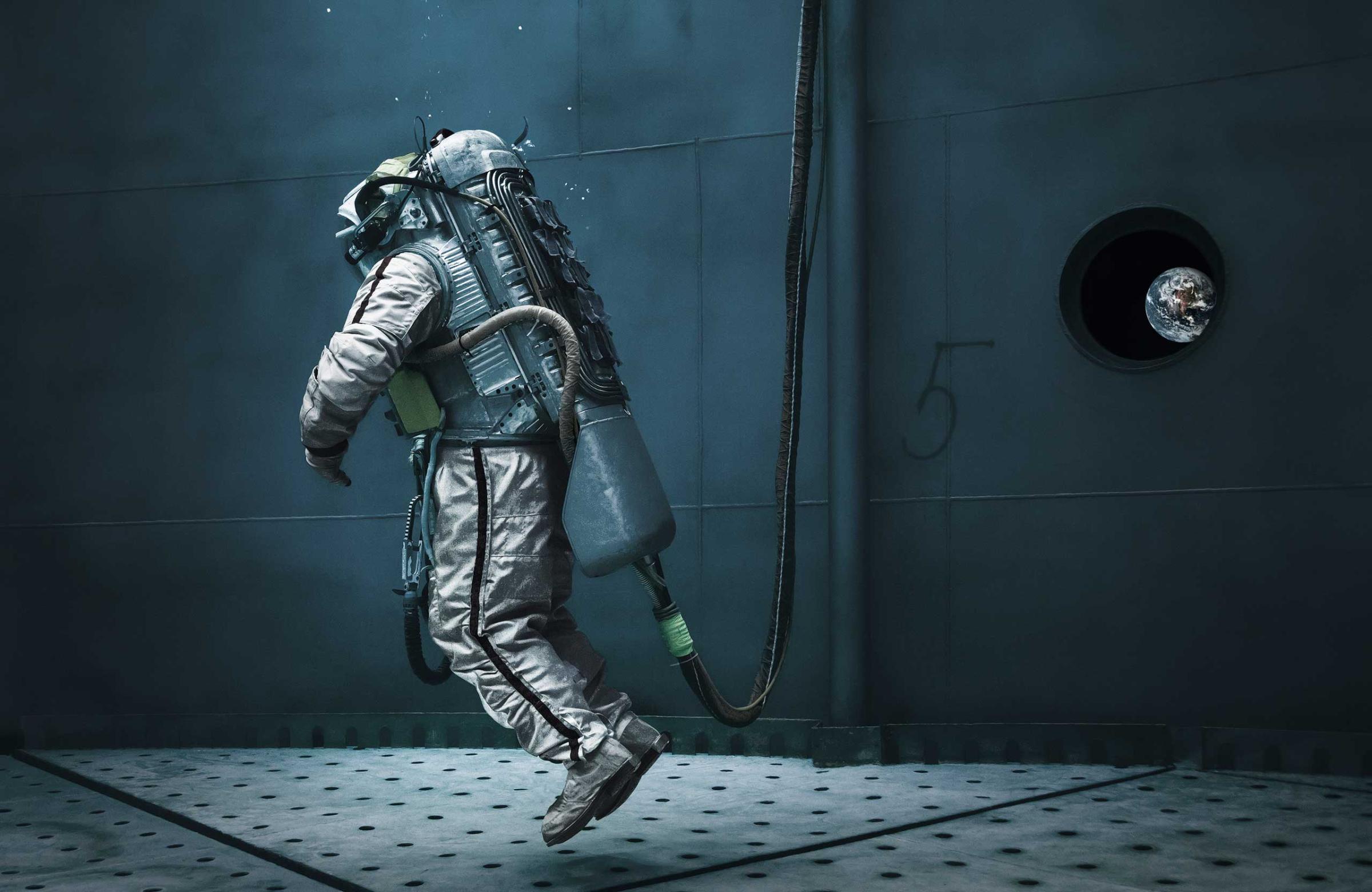

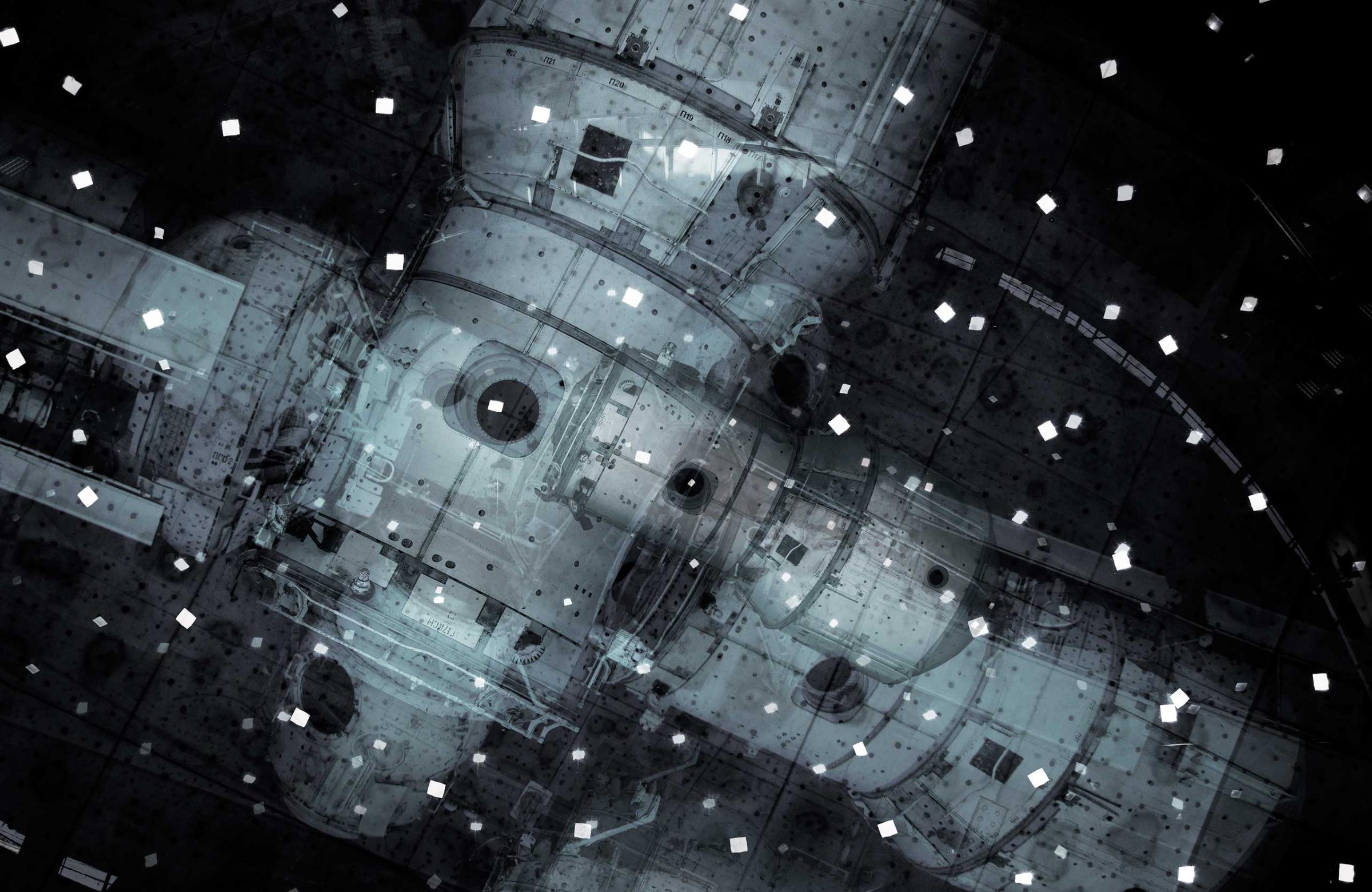

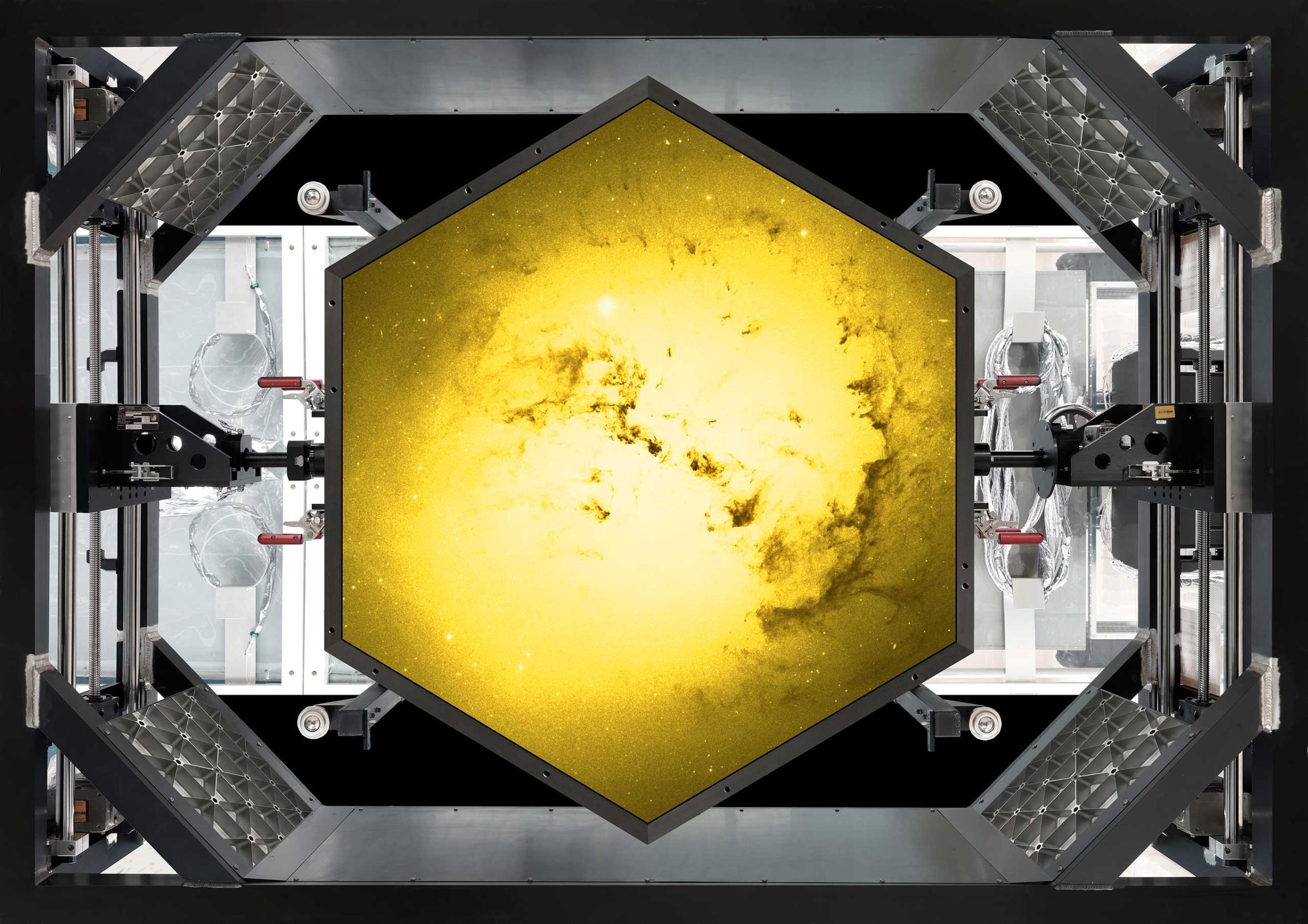
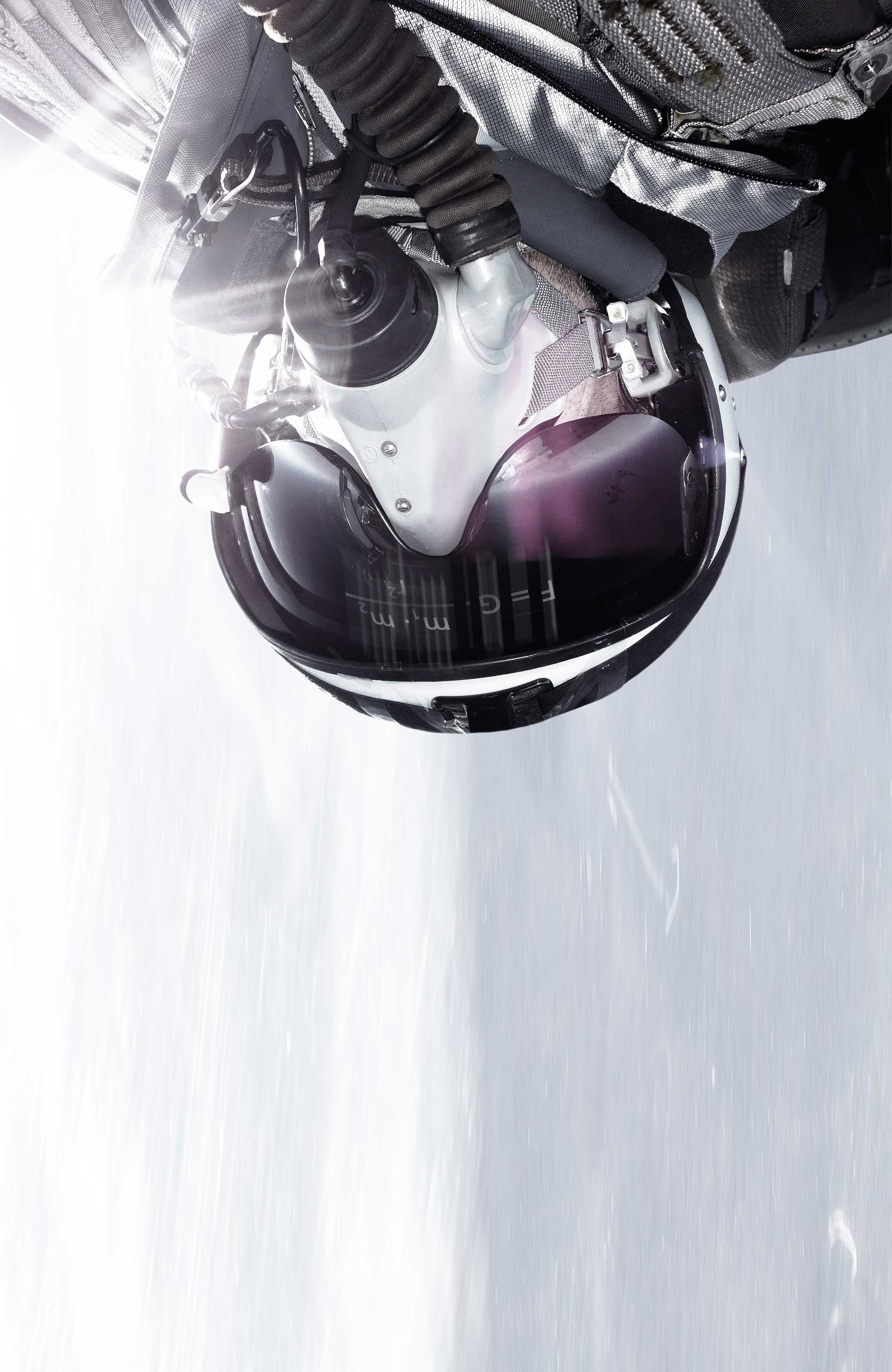
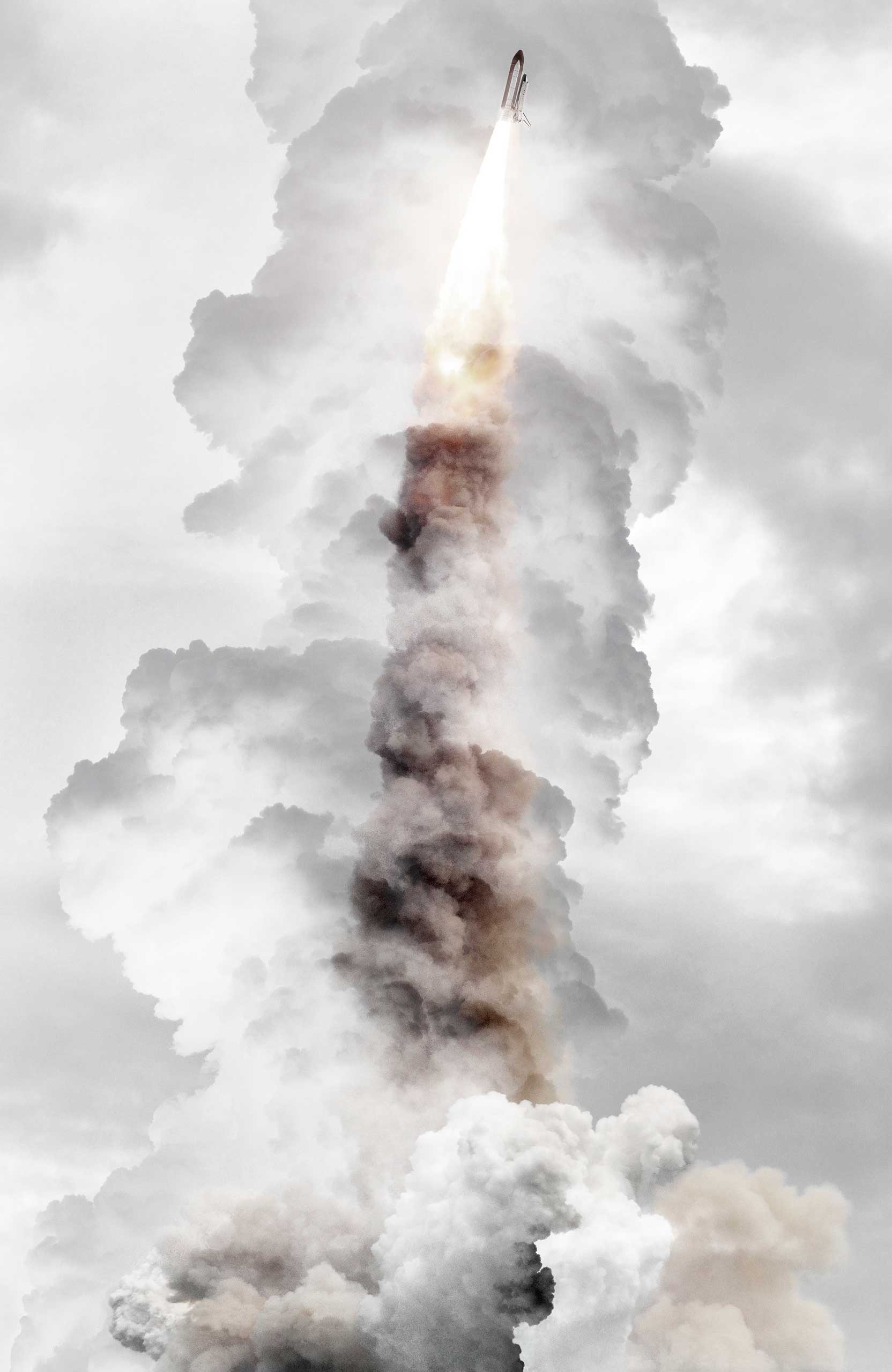
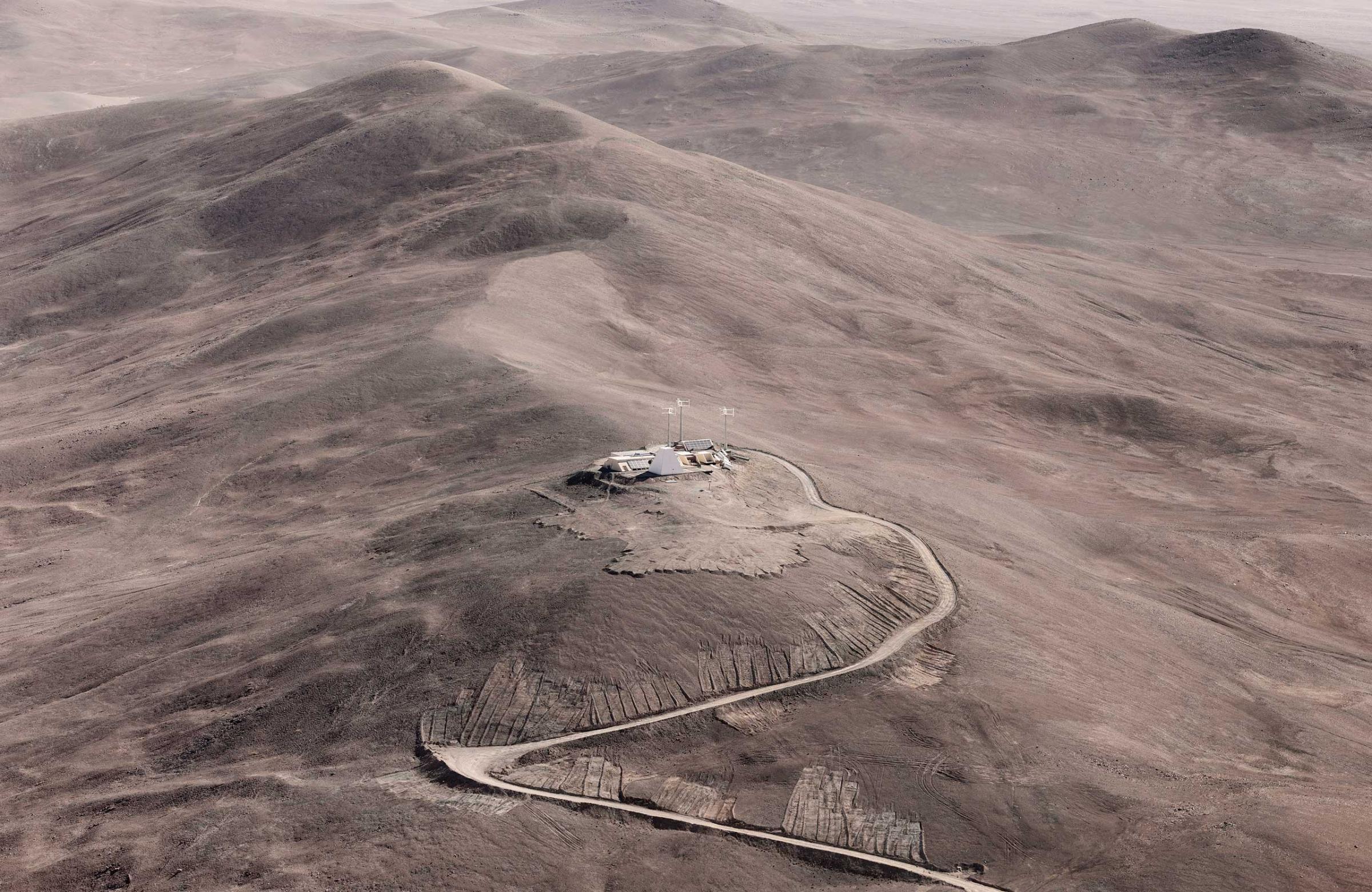

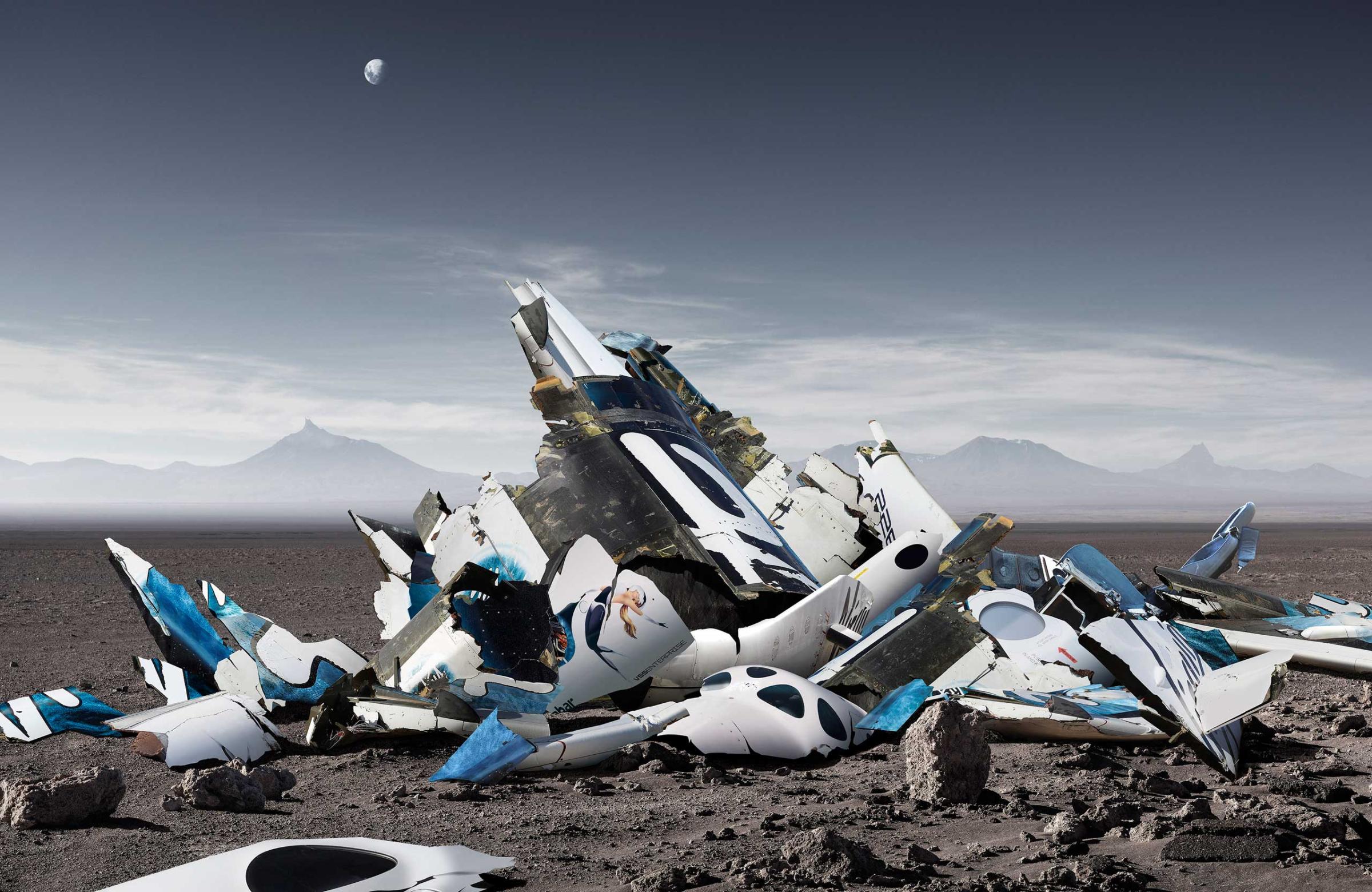
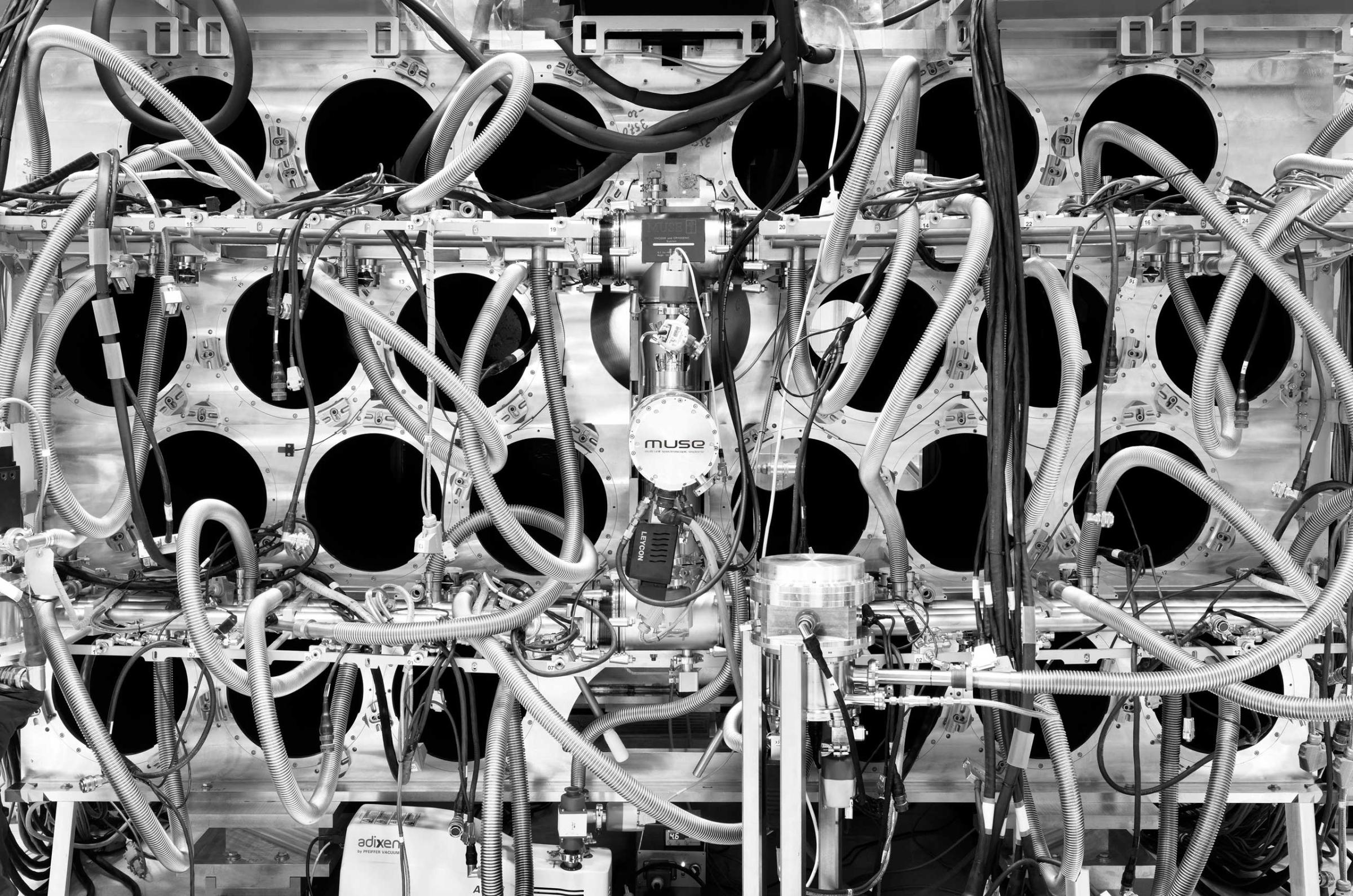
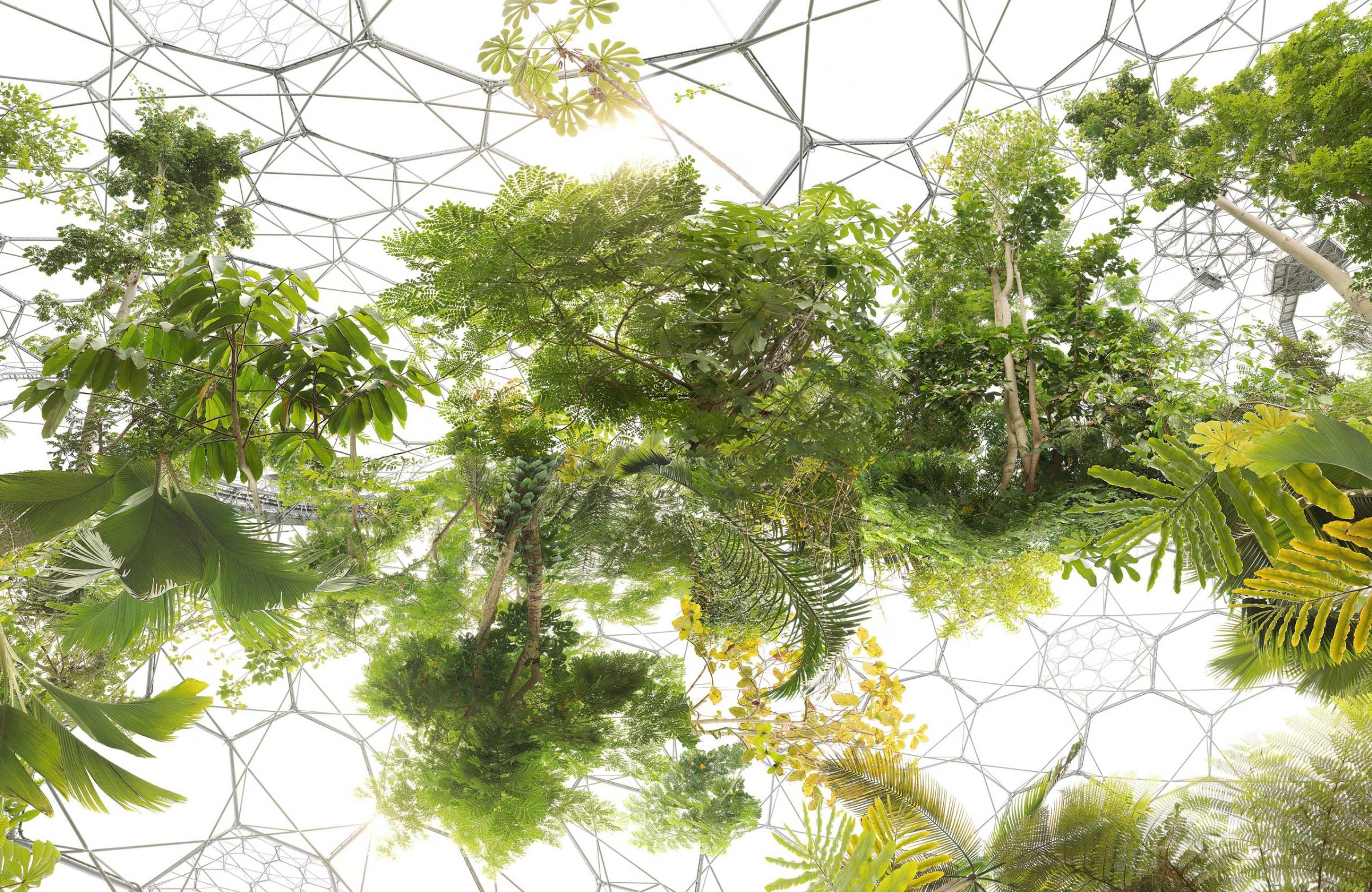
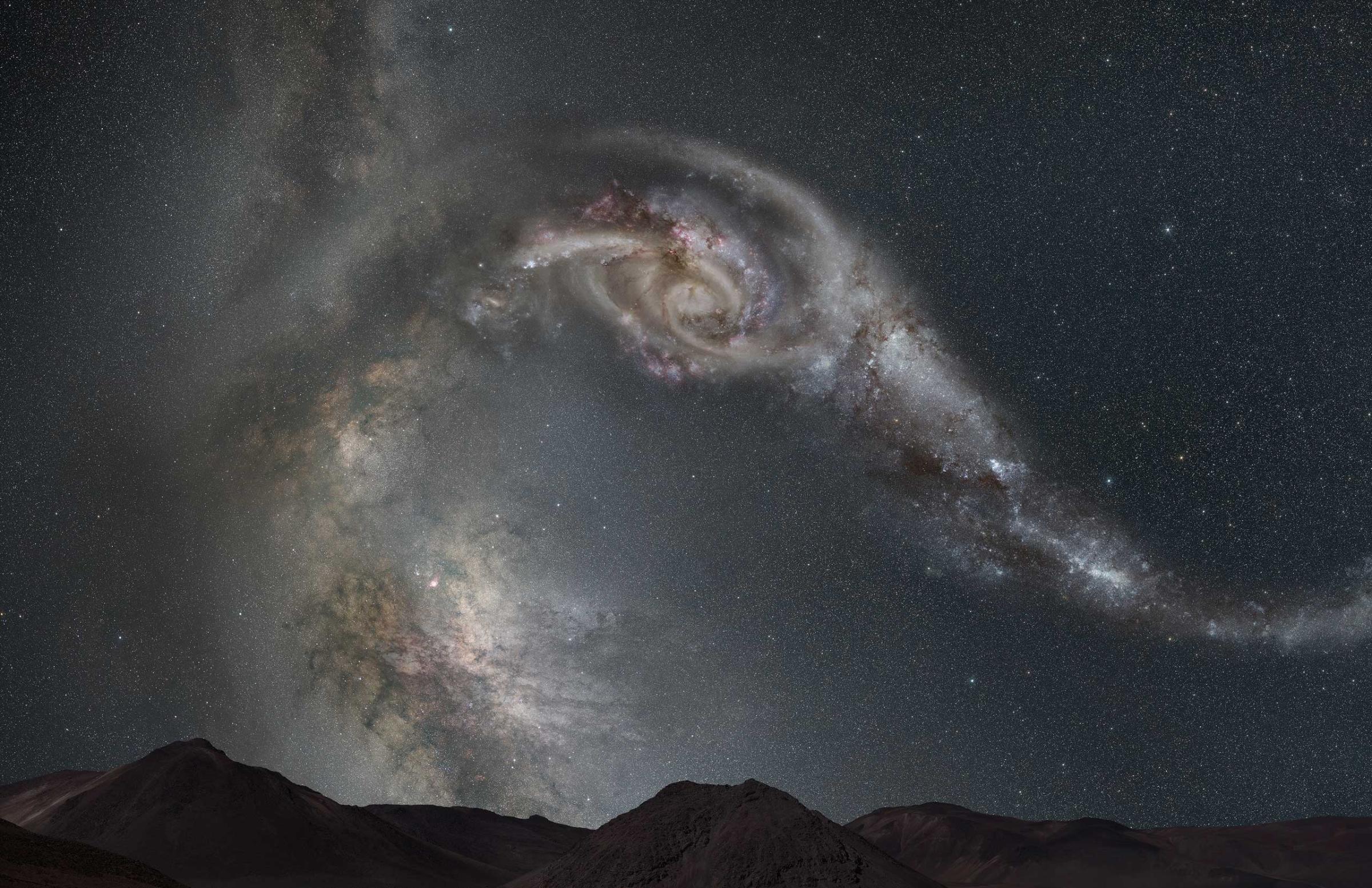

More Must-Reads from TIME
- Cybersecurity Experts Are Sounding the Alarm on DOGE
- Meet the 2025 Women of the Year
- The Harsh Truth About Disability Inclusion
- Why Do More Young Adults Have Cancer?
- Colman Domingo Leads With Radical Love
- How to Get Better at Doing Things Alone
- Michelle Zauner Stares Down the Darkness
Contact us at letters@time.com